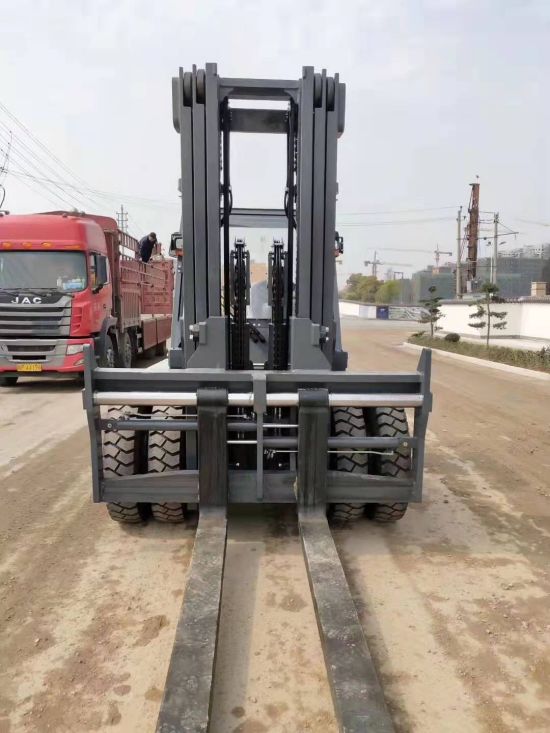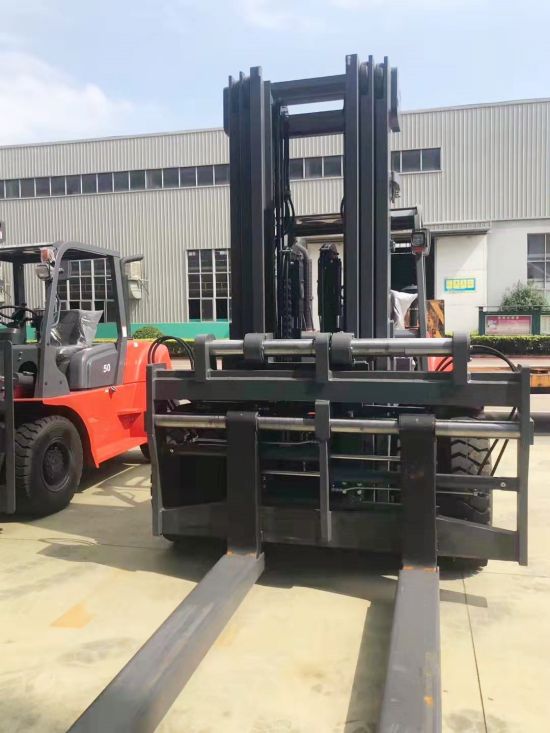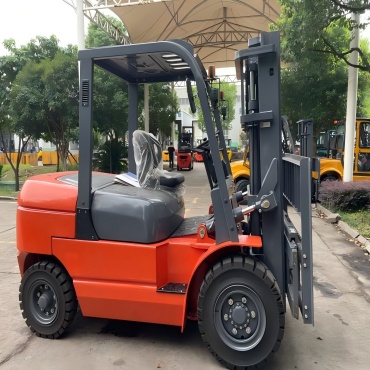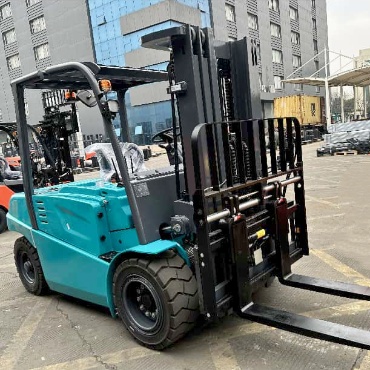- Diesel Forklift
-
- 25-30tonne Diesel Forklift 16T Forklift Truck 4.5 Ton Diesel Forklift 48 Ton Diesel Forklift 3 Ton Diesel Forklift 3.5 Ton Diesel Forklift 2.5 Ton Diesel Forklift 33 Ton Diesel Forklift 15 Ton Diesel Forklift 10 Ton Diesel Forklift 8 Ton Diesel Forklift 4 Ton Diesel Forklift 6Ton Forklift 2 Ton Diesel Forklift 1 Ton Diesel Forklift 1.8 Ton Diesel Forklift 1.5 Ton Diesel Forklift 7 ton forklift 35 ton Forklift Rough Terrain Forklift
- Electric Forklift
-
- Narrow Aisle Stand Up Counterbalance Forklift – High Efficiency Warehouse Solution 3.8ton Low Voltage Lithium Battery Forklift 12t Lithium high capacity forklift 12t large capacity electric forklift 8ton Electric Forklift 10t electric forklift truck 25ton Lithium Battery Forklift 7ton Electric Forklift 16-20t Large Capacity Lithium Battery Forklift 2 Ton Electric Forklift 1.8 Ton Electric Forklift 6 Ton Electric Forklift 1.5 Ton Electric Forklift 1.0-1.5 Ton Electric Forklift 2.5 Ton Electric Forklift 3.5 Ton Electric Forklift 4.0-4.5 Ton Electric Forklift 5 Ton Electric Forklift 3 Ton Electric Forklift 1.6-1.8Ton Three Wheel Electric Forklift 2 Ton three wheel electric forklift
- Rough Terrain Forklift
-
- 3.5t-4ton 4 wheel drive forklift 7 Ton All Rough Terrain Forklift 2-2.5T Rough Terrain Forklift Truck 4 ton off road forklift truck 3t 4 wheel drive forklift for sale 3.5t Two Wheel Drive Rough terrain forklift 3T Diesel Rough Terrain 2WD Forklift FLIFT 3.5ton all rough terrain forklift for sale 2WD 3t off Road Rough Terrain Forklift
- Electric Reach Truck & Pallet Truck / Pallet Stacker
-
- 5ton end rider electric pallet truck with customized 1.8m fork length 10ton-15ton heavy duty electric pallet truck 2.5ton all terrain electric pallet jack 1.5ton-2ton all terrain electric pallet truck with crane jib Counterbalanced Pallet Stacker 1600 lb to 2000 lb Capacity for Indoor Warehouses Heavy Duty 2T-2.5T Electric Stacker Forklift | High-Performance Stacker Lift High-Capacity 2.5t electric reach truck 1.0t -1.5t Electric Walkie Straddle Stacker 2ton Fully Electric Pallet Stacker 3 stage mast 2ton electric rough terrain pallet stacker 1.5ton off road Rough Terrain Stacker 1.8ton walkie Electric Pallet Truck Jack 1.5Ton Electric Pallet Stacker | Durable Walkie Stacker for Easy Material Handling 1200kg walking type electric pallet stacker 2ton roll and reel electric pallet truck Walkie Counterbalanced Stacker 1500–2000kg Capacity Compact Design 1ton outdoor rough terrain counterbalanced pallet stacker 3300lbs Electric off-road pallet stacker 2t Rough Terrain Pallet Truck Powered Pallet Truck with PU Wheels-2000kg Electric Pallet Jack 2t Elecric Hand Truck 1.5 Ton Electric Walkie Pallet Truck – Compact Power for Efficient Material Handling 2 Ton Reach Forklift 1.5 Ton Reach Forklift 2Ton -3Ton Electric Pallet Truck Semi-electric Pallet Stacker 1ton-1.6ton 3 Way Pallet Stacker Multi-Directional Sideloader Forklift 4 direction reach truck
- Customization Forklift
-
- 900kg CDD09B Electric Walking Type Counterweight Stacker Professional Walking Type Electric Stacker with Special Attachment 1ton Electric Outdoor Rough Terrain Telescopic Spreader Stacker 4t QDD40 Seated type Electric Tractor QDD60 Seated Type Fully Electric Tractor 3t QDD30C Electric Tractor with Turning Radius 1545mm 2t CQD20A Electric Simple Type Reach Forklift Truck 1.5t CQD15A Simple Type Electric Reach forklift Truck 5t Convertible Seated Electric Flat Truck 3t CBD30Z Electric Vehicle Transfer Truck 1.5t CDD15Y Electric Pallet Stacker (Rough Terrain) 1t CXD10-45 Electric High Lift-Order Picker 2t CQD20S-60 Four-way Walking Type Reach Forklift Truck CDD10A/15A Walking Type Fully Electric Pallet Stacker 3t QDD30A Standing Type Electric Tractor 1t CSD10 Man Mount Three-way Stacker 1.5t AGV type CDD15J-16 Electric Pallet Stacker CBD80 8t Electric Pallet Stacker 6t CBD60 Electric Pallet Stacker CBD120 1.2t Electric Pallet Stacker 2t CDD20D-30 Walking type Electric Pallet Staccker CDD08B-25 Counterweight Electric Pallet Stacker
- Forklift Attachements
-
- Waste Paper Fixture Fixed Short Arm non-sideshifting non-sideshifting Fixed Short Arm non-sideshifting Non-sideshifting Hinged Forks Caton Clamp Rotator non-Sideshifting Tire Clamps Pusher Turning Fork Clamps non-sideshifting Log Holder Sideshifting Broke Paper Clamps Sideshifting Sideshifting Single Load Stabilizer Fork Positioners Single Double Pallet Handler
How often should a 10-ton diesel forklift be serviced?
Date: 2024-11-05 View:
Enhance longevity and efficiency with our expert solutions tailored to your needs.


its daily maintenance should occur after every shift and include checking its appearance,
tire pressure, instrument indicators as well as cleaning its body and fork to keep optimal operating condition -
this will also detect any small issues early and reduce their severity later on down the line.
Performing regular maintenance checks is key in helping identify small problems before they escalate further down the road.
(which equates to one shift lasting two weeks),
level one technical maintenance should be conducted on your forklift truck.
Level 1 technical maintenance covers a variety of key components in a forklift truck's engine, transmission,
hydraulic system and oil filter - as well as any necessary adjustments - such as its braking system -
to keep it functioning at peak condition as soon as possible.
By performing regular level 1 technical maintenance measures you can help guarantee its continued functionality over time!
Also through level 1 maintenance measures your forklift will remain at top working condition!
approximately equivalent to one work system equivalent -
secondary technical maintenance should begin. This encompasses in-depth inspection and maintenance of your forklift,
such as engine component overhaul, inspection/adjustment of electrical system settings,
replacing hydraulic oil etc. While secondary technical maintenance cycles tend to take longer,
their contribution towards long-term reliable operations makes them essential.
its maintenance cycle should be reduced accordingly.
Air filters become easily clogged up when used in dusty environments requiring frequent filter changes;
electrical components exposed to humidity require closer monitoring for moisture intrusion
as well as reinforcement of inspection and maintenance measures on their systems -
these factors must all be factored into consideration for successful performance of inspection
and maintenance cycles for its entire systems as a whole.
and require shorter maintenance cycles in order to remain functional.
When these trucks exceed 8 hours a day with loads exceeding 80% of their rated capacity
(e.g. running eight+ hours with over-80 load capacity per shift),
key components like engines and transmissions wear faster,
necessitating more frequent service checks to maintain optimal operations.
When performed in accordance with operating procedures and regularly cleaning,
lubricating, inspecting and performing other necessary maintenance activities on their forklift,
wear on components is likely reduced and its lifespan increased accordingly.
Users can referring to their forklift user manual for guidance in establishing specific maintenance times
based on maintenance cycles and environments in which their forklift truck operates.
Such guidance also has considerable authority and reference value.
If engine power decreases, fuel consumption increases, noise level rises etc,
engine servicing may be required; similarly if its braking distance increases
while effect decreases this could indicate either needing adjusted brake system adjusting or needing new pads -
both indicators that maintenance must be performed on it.
consulting with professional forklift maintenance personnel or manufacturer technical support staff can offer guidance
in terms of suitable recommendations for its care based on individual forklift situations.
.jpg)
Maintenance includes changing oil filters, air filters and any worn parts regularly as well as inspecting cooling,
fuel and lubrication systems of engine are functioning optimally;
assuring valve clearance clearance timing parameters as per engine settings etc are normalized
as well as checking these parameters periodically to maintain good engine health.
needing replacement or upgrades as necessary,
checking shifting mechanisms (synchronizer), gapping between gears (shift gap) as necessary
and replenishing transmission oil when required - among other checks.
and need to be taken care of to ensure maximum efficiency and safety.
Maintenance should involve checking oil level/quality levels/replacement needs of hydraulic oil as well as any pipeline joints/valve leakages
within its hydraulic system as well as adjusting its pressure accordingly.
starters and other electrical equipment to make sure it is operating optimally, i
nspecting for loose or damaged lines or connectors to other electrical systems and finally cleaning all associated components of said systems.
checking for deformities like cracks or deformations;
as well as anti-rust treatment to combat corrosion damage to both items; plus any necessary additional anti-rust treatments as required.


work intensity, quality of maintenance services and other considerations when selecting their maintenance cycle.
Daily maintenance should take place after every shift and one hundred hours should be spent on first level technical maintenance
and 500 on second level technical maintenance respectively.
Actual users can customize their maintenance cycle flexibly according to working condition recommendations in their user manual;
additionally regular checks should also be made according to its maintenance content in order to maintain normal operation and prolong its service life.
.png)




